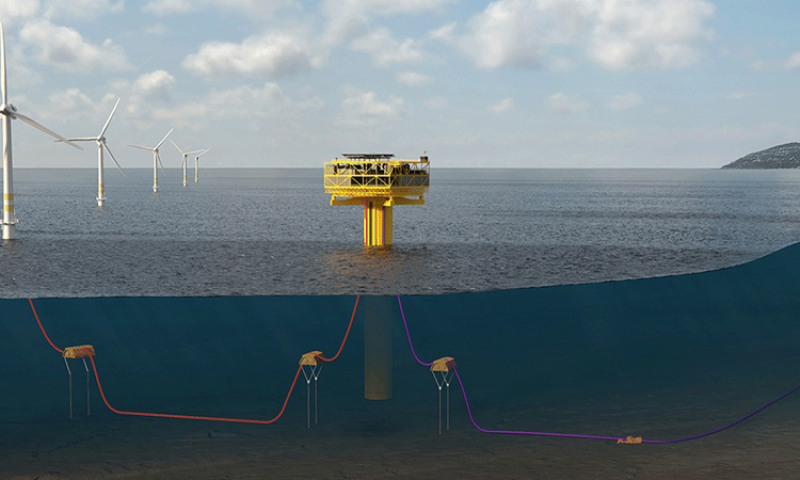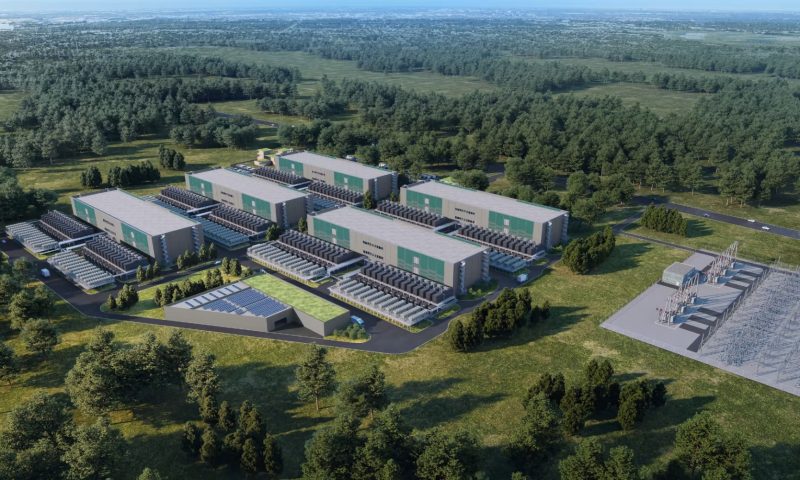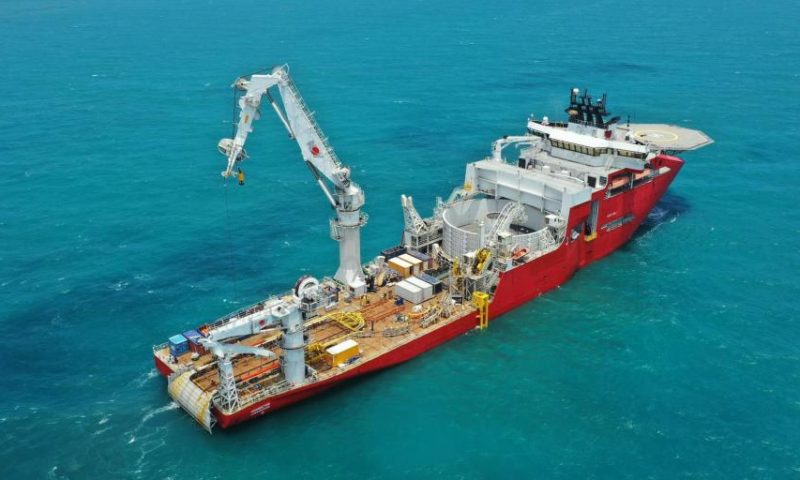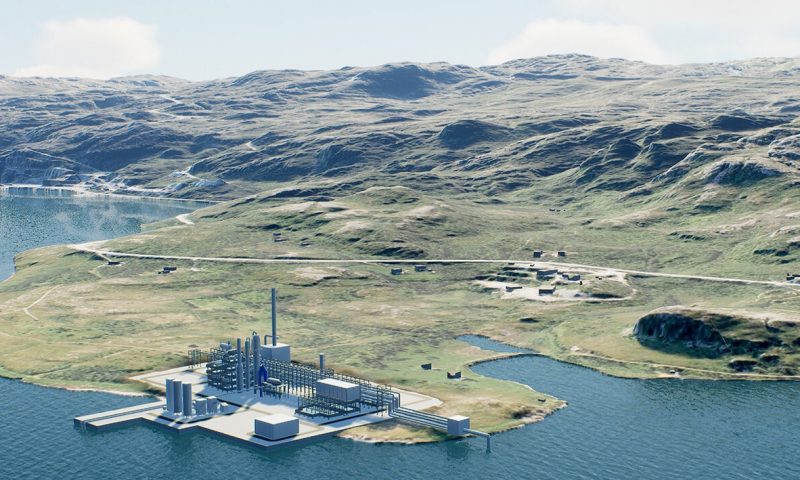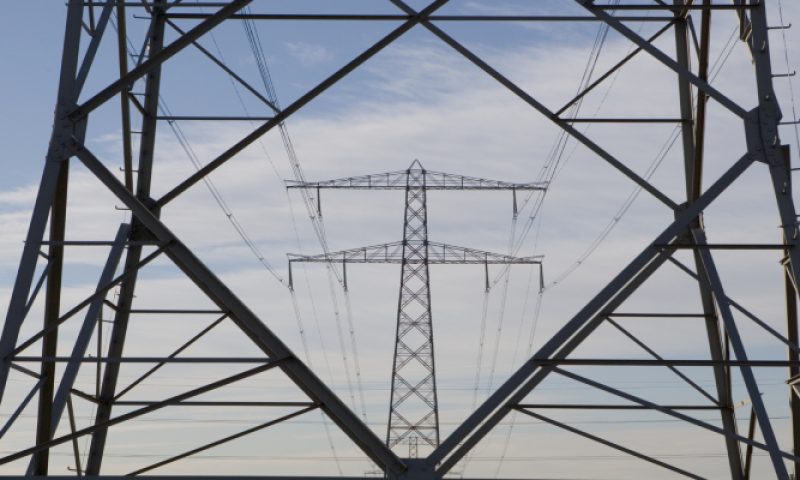
Global Energy Transition Faces Barriers
Transmission and distribution industry faces barriers to implement critical digitalization measures to accelerate global energy transition
Just over half (52%) of Distribution Network Operators have digitalization as a core part of their publicly stated strategy, falling to 39% for Transmission System Operators. One third of the T&D industry considers itself less advanced than the wider energy industry in its current application of digitalization. 67% of respondents highlighted need for employees with combined data and domain expertise.
Barriers in implementing vital digitalization measures in the transmission and distribution (T&D) industry could hold back the success of the global energy transition. This is just one of the findings from a new DNV GL report Digitalization and the future of power grids which surveyed nearly 2000 engineers and senior executives from start-ups to large corporations in the energy sector.
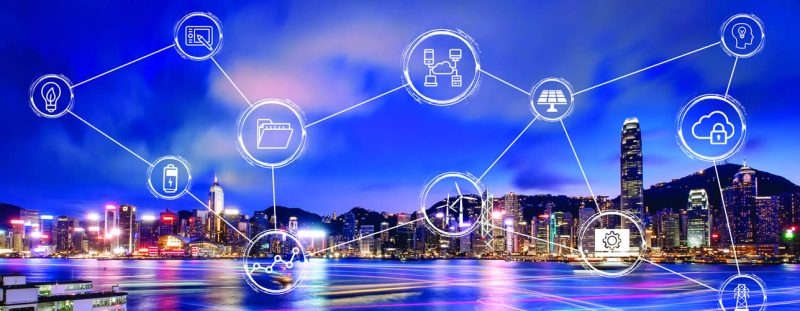
Despite an ongoing transformation in the power industry towards the integration of digital tools and systems, just over half (52%) of Distribution Network Operators (DNOs) have digitalization as a core part of their publicly stated strategy, this falls to 39% for Transmission System Operators (TSOs). One third of the T&D industry considers itself less advanced than the wider energy industry in its current application of digitalization.
Nonetheless, stakeholders in the T&D industry are fully aware of the perceived benefits of digitalization with Transmission System and Distribution Network Operators listing the following top 3 digital technologies as making an impact on their industry:
- Cyber security (76% TSOs / 67% DNOs)
- Data Visualization (67% TSOs / 71% DNOs)
- Automation and digital workflow (73% TSOs / 68% DNOs)
Despite low levels of strategic focus on digitalization in the industry, the survey reveals that that T&D stakeholders are heavily focussed on including additional digital skillsets into their workforce. 67% of respondents highlighted a need for employees with combined data and domain expertise, which comes as no surprise in an industry where IT skills have traditionally been separated from electrical power systems expertise.
When questioned about which skills would be most important for the industry, understanding and application of IoT systems (48%), data science (47%) and big data analytics (41%) were cited as the most sought-after competences by the T&D industry.
“Our survey also shows that 40% of T&D stakeholders believe that a lack of digital mindset is a barrier within their organization, which is defined as lack of staff engagement with digitalization. This reveals that although the technology and ambition might be there, unless organizations can concentrate the efforts of their entire workforce towards the adoption of new technologies and harvesting the opportunities provided by big data and enhanced connectivity, the impact of digitalization will be limited,” said Lucy Craig, Vice President of Technology and Innovation at DNV GL – Energy. “The role that the T&D industry needs to play in making the energy transition a success cannot be overestimated, which is why we call on organizations to invest in digital skills training to equip their employees with the necessary competences to tackle the challenges the T&D industry is facing.”
The report Digitalization and the future of power grids is available to download here.





